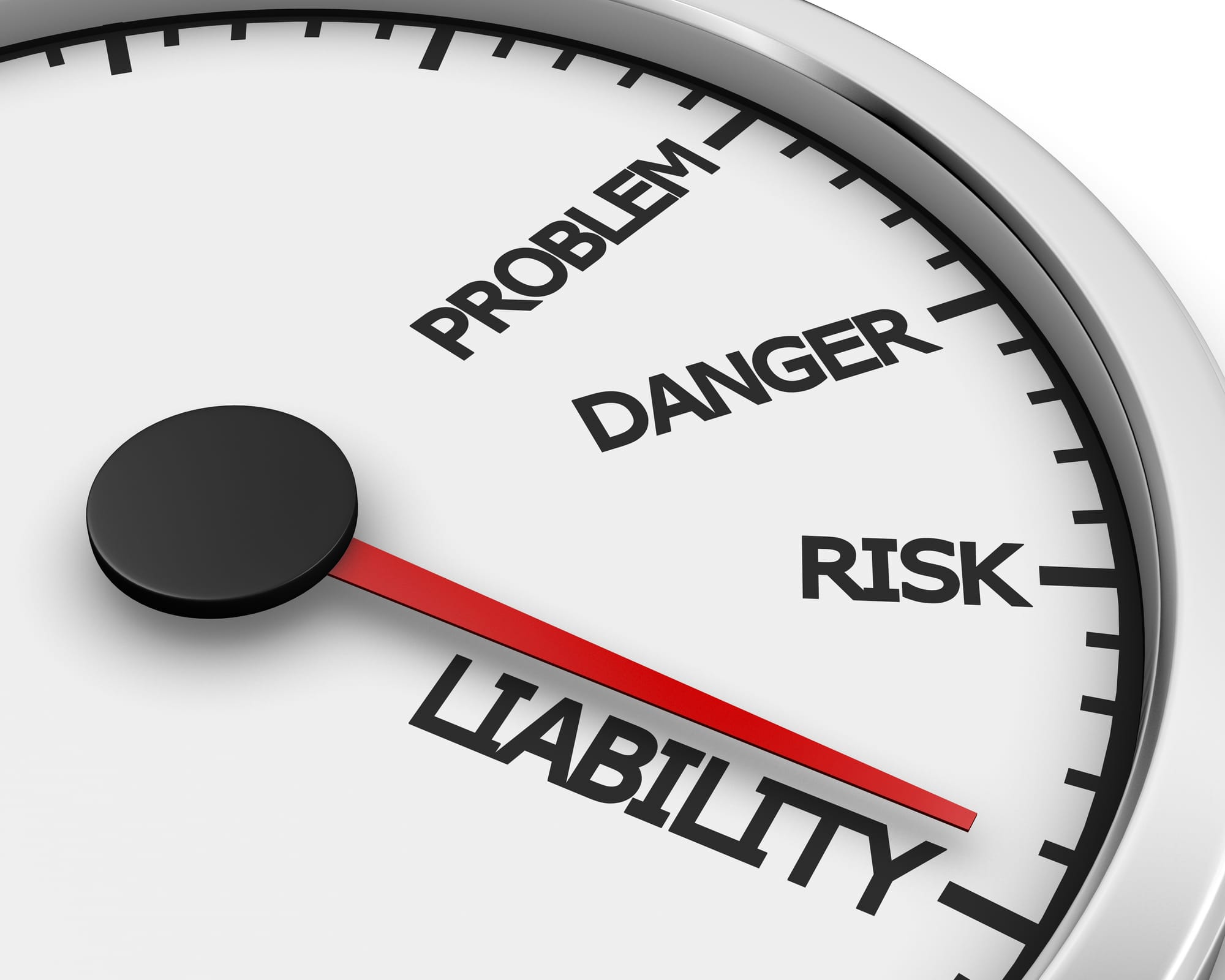The Hidden Risks in Vendor Contracts: Insurance Gaps HR Leaders Overlook

When business is booming but the labor market is tight, employers often turn to contract labor to fill the gaps. Whether it’s because unemployment is low, the season is at its peak, or the right skills are hard to find, outsourcing labor feels like the only way to keep operations moving. On paper, it looks like a win-win: you get the people you need without carrying the long-term payroll cost, and the vendor brings in their own workforce with their own insurance. But here’s the catch: when something goes wrong, the line between “their people” and “your responsibility” can blur in very expensive ways.
A True Story: The Golf Cart Incident
At one of my previous jobs, we were in the thick of peak season and needed extra hands. We brought in contract workers to keep up with the demand. One of these young men was driving a fully enclosed golf cart at night, moving across the property. As he tells it, a car came straight at him. In a split-second decision, he swerved, hit a curb, and the cart flipped onto its side. The crash was bad—he suffered a major leg injury that required hospitalization and several rounds of surgery. We assumed the contract company’s insurance would cover it. After all, that’s part of why we paid them—to take on that risk. But things didn’t go as planned. When the post-accident drug test came back positive for marijuana, the vendor’s workers’ compensation carrier denied the claim, saying the injury was caused by intoxication. That left the worker with medical bills and lost wages—and since the vendor’s insurance wouldn’t pay, the claim came straight to us. Because the golf cart was considered a “vehicle,” it didn’t cleanly fall under general liability coverage. And since we hadn’t required the right endorsements in our contract, there was no easy way to push responsibility back to the vendor. In the end, the company was left with hundreds of thousands of dollars in expenses. What seemed like a quick fix for a labor shortage turned into a painful and costly lesson.
Why Did We Get Stuck With the Bill?
Here’s why the liability landed on us instead of the vendor:
- Workers’ comp denial: Once the vendor’s insurance refused the claim due to drug use, the worker was free to sue us instead.
- Vehicle coverage confusion: Golf carts may be treated as cars in some policies, which meant our general liability insurance didn’t automatically apply.
- Contract gaps: We had a certificate of insurance, but not the actual endorsements (like “additional insured” and “primary and non-contributory” language) that would have forced the vendor’s policy to respond first.
- Control on the ground: Since our team was supervising and directing the worker, lawyers could argue we shared responsibility for his safety.
Put simply: the safety net we thought we had wasn’t really there.
Lessons Learned
Looking back, this accident taught us some hard truths that HR and business leaders often overlook:
- Certificates aren’t enough. A piece of paper showing insurance coverage doesn’t mean you’re protected. The fine print—the endorsements—are what actually extend that coverage to your company.
- Not all vehicles are treated the same. Golf carts, low-speed vehicles, and similar equipment often live in a gray zone between “auto” and “general liability.” If you don’t check, you might be assuming coverage that doesn’t exist.
- Vendors’ problems can become your problems. If a vendor’s insurance denies coverage, you may still be the “deep pocket” the injured worker comes after—especially if your managers direct their day-to-day work.
- Workers’ comp isn’t bulletproof. Drug or alcohol use can allow carriers to deny a claim, leaving the injured worker to find someone else (you) to pay.
Solutions for the Future
Here’s how to protect your company before you find yourself in the same situation:
- Tighten your contracts. Require vendors to provide not just proof of insurance but actual endorsements naming your company as an additional insured, with “primary and non-contributory” wording and a waiver of subrogation.
- Cover the vehicle gap. Make sure your own policy includes “hired and non-owned auto” coverage, and confirm how carts, low-speed vehicles, or other special equipment are classified.
- Limit supervision risk. Where possible, let the vendor manage their own employees so you’re not pulled into “joint employment” arguments.
- Build in your own backstop. Even with strong vendor contracts, carry enough umbrella or excess coverage to protect yourself when things slip through.
- Train and set rules. If contract workers will be operating vehicles on your property, require safety training, establish rules for night driving, and enforce impairment policies.
The Bottom Line
When labor is tight, contract workers can be a lifeline. But without the right protections in place, they can also become a massive liability. The golf cart accident wasn’t just bad luck—it was a collision of weak contracts, unclear insurance coverage, and the realities of managing people on-site. The lesson? Don’t just assume you’re covered. Take the time to double-check the insurance details, close the gaps in your contracts, and put safety rules in place. It’s far less expensive to do it up front than to learn the hard way later.
